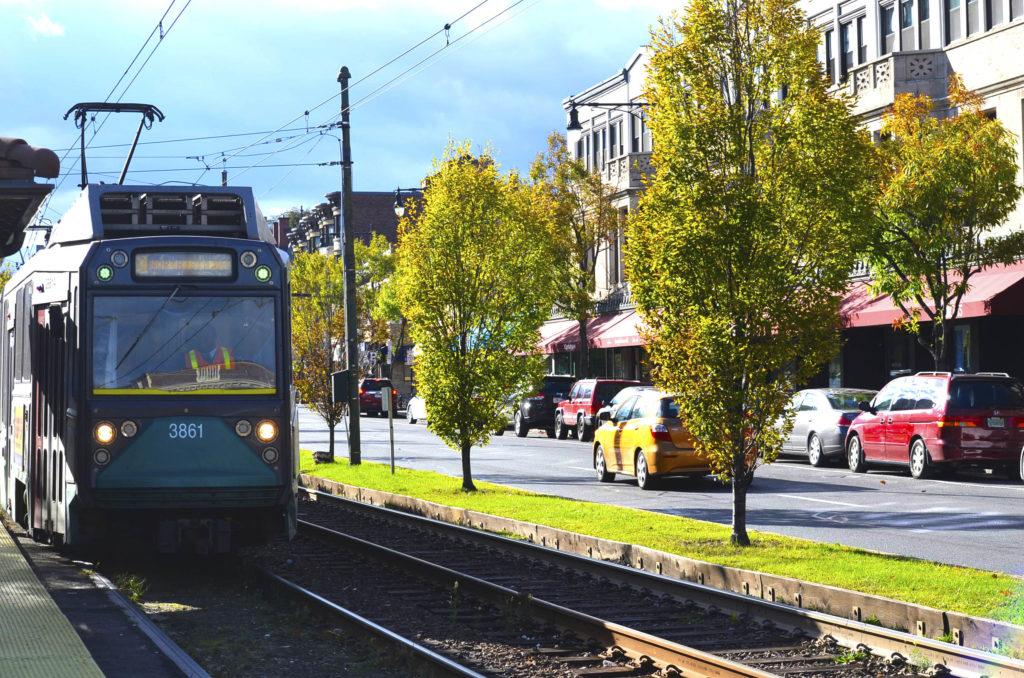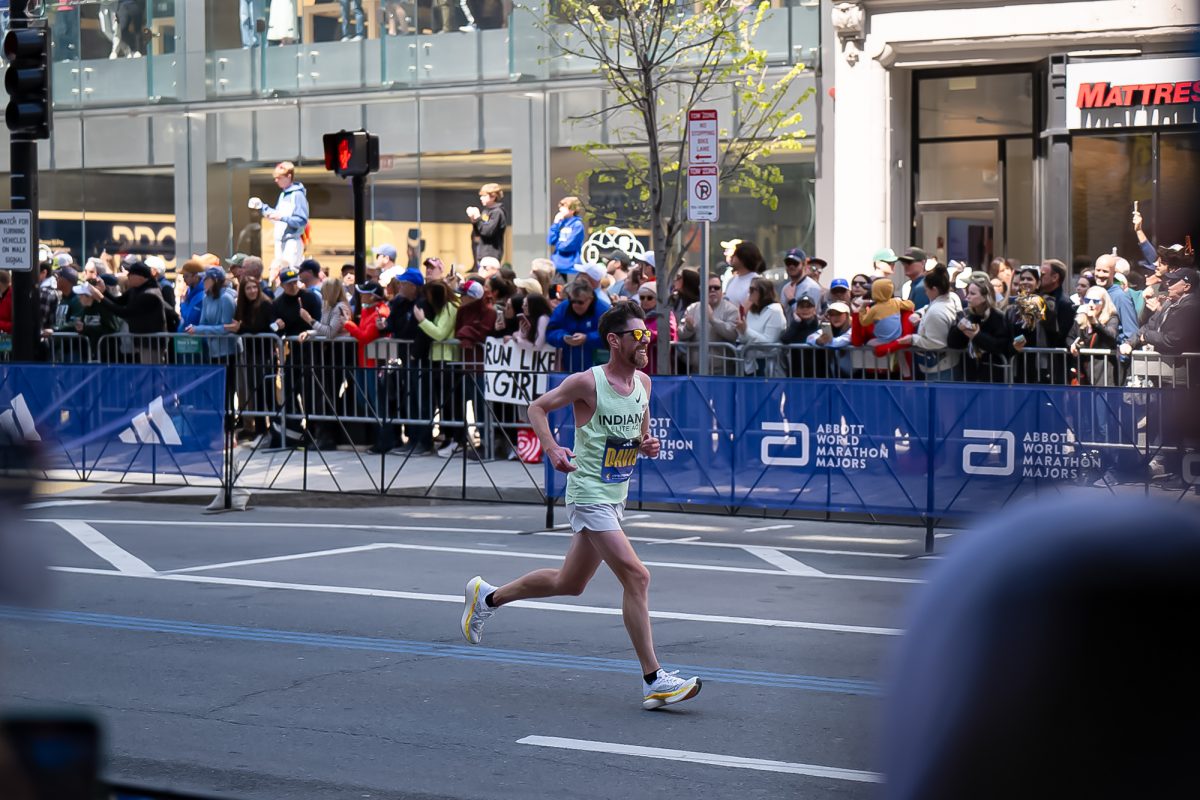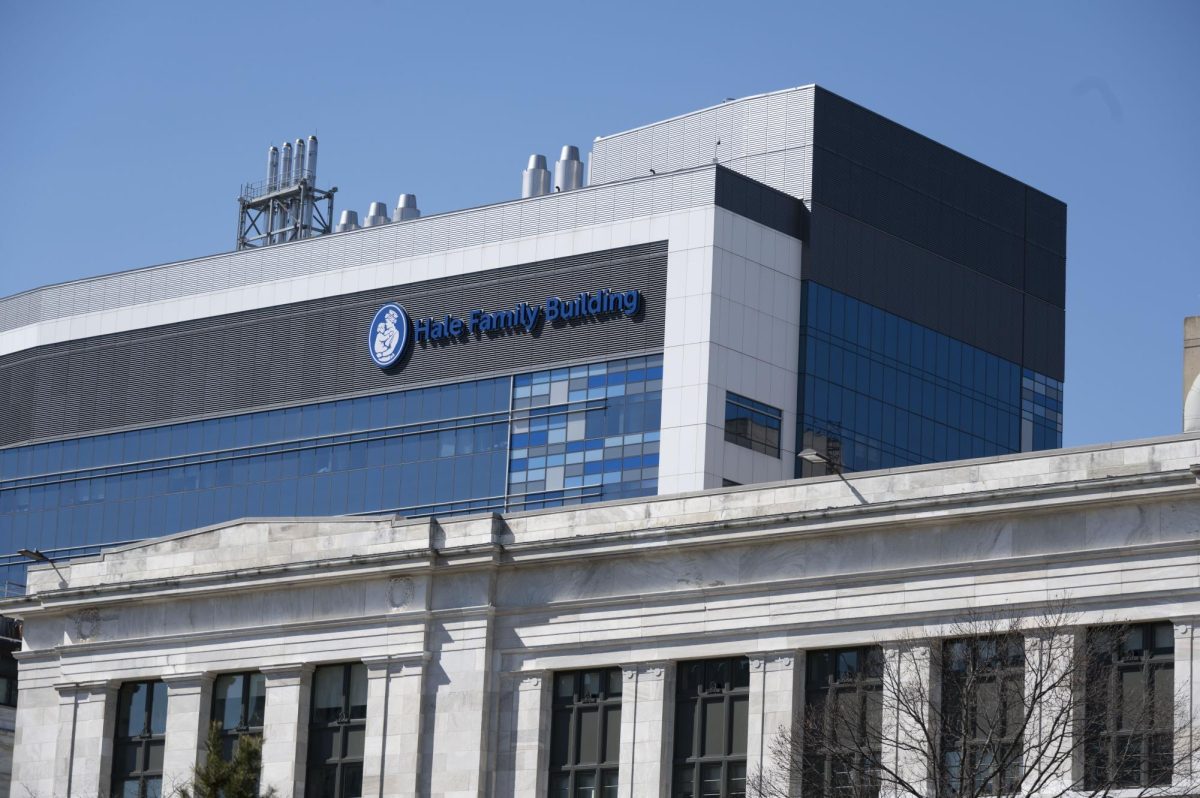By Amanda Hoover, news correspondent
Thanks to efforts by the Massachusetts Bay Transportation Authority (MBTA) and Boston city officials, commuting on Commonwealth Avenue could become shorter by one to two minutes per commute, which can be the difference between making an 8 a.m. lecture or early morning conference call.
Following a line of proposed improvements along Commonwealth Avenue mandated by the city, the MBTA has decided to close four Green Line stations along the B Line, including Boston University West, St. Paul, Pleasant Street and Babcock Street. Instead, new code-compliant stops are in discussions – one between Boston University West and St. Paul, and another between Pleasant Street and Babcock Street – to relieve congestion along the Green Line and ease the commute for many in the Boston College, Boston University, Allston and Brighton neighborhoods.
“I’m really proud of this particular project,” Ed Hunter, assistant general manager for design and construction for the MBTA, said to a crowd of about 100 people at the Boston Public Library (BPL) on Oct. 23. “When we make modifications, it’s our priority to make [stations] accessible.”
The project is estimated to cost more than $6 million and is slated for completion by mid-2016.
As only 30 percent of the project has been designed, it is difficult for officials to determine exact construction dates and timeline goals.
The four stops, which are some of the closest rapid transit stations in all of the MBTA, have an average of 1,231 feet between them, with St. Paul Street and BU West less than 600 feet apart. The new stations would each be at least 1,200 feet apart from one another. Studies conducted by the MBTA show that only six to 13 percent of riders exit or board the train at multiple stations within this range, compared with some 30 to 40 percent at other stations along the B Line.
“There’s a net reduction in the travel time for B Line customers,” Melissa Dullea, the MBTA’s director of planning and schedules, said. Dullea said that shorter commutes would allow the MBTA to save 32,000 rider minutes from the 25,000 passengers along the B Line daily.
“In terms of consolidation, we’re comfortable removing two stops, but I wouldn’t recommend much more than that,” said Dullea.
In addition to reducing travel time, the new design will also meet Americans With Disabilities Act (ADA) accessibility standards, something that the current four stations lack.
“Doing accessibility upgrades benefits a lot of people,” Terrence Regan, a professor of city planning and urban affairs at Boston University, said.
Currently, only 35 of the 66 Green Line stops are ADA compliant. The upgrades will be designed with increased access in mind.
“The T has been successful in removing many of the barriers that have prevented those with disabilities from using it,” Robert Sampson, representative for MBTA system-wide accessibility, said at the BPL. “This gives us the opportunity to create access to this area of the Green Line.”
Many have praised the improvements as steps in the right direction by the MBTA, especially as ridership along the Green Line has dropped while Red, Orange and Blue Line use has risen.
“I ride the B Line just to go to friends’ houses and it’s miserable to go on,” Brad Johnson, a 23-year-old Northeastern graduate, said.
Johnson thinks the project will benefit the area. Unlike those along the B Line, he said, the E Line stations where Northeastern is located are adequately spaced.
Still, many people at the press conference said that decreasing travel time by just a few minutes is not significant enough to make commuting on the Green Line more desirable. Some hope to see improvements such as signal prioritization. While MBTA officials have not written these advances into the design of the new stations, they are considering ways to incorporate them in the future, according to Hunter.
But as much as riders lament and avoid the Green Line, studies show that their complaints are often exaggerated, according to Regan.
“Typically, when they’ve done studies, they found people tend to overestimate [their wait and travel time] by about twice,” Regan said.
Now that the Green Line has released above ground real tracking time on the ProximiT app, passengers might be surprised to find that trains come more frequently than they think, he said.
“I think that’s the best thing the T has done in a long time. I think that’s a great step,” Regan said.
Brian Kernan, a senior at Northeastern who used to take the Orange Line downtown to his co-op, was nonplussed by the announcement.
“The Green Line has a bad rap,” Kernan said. “I think any line is going to be crowded. A commute is a commute. Me and the Green Line are on good terms.”
Photo by Kariman Abuljadayel















